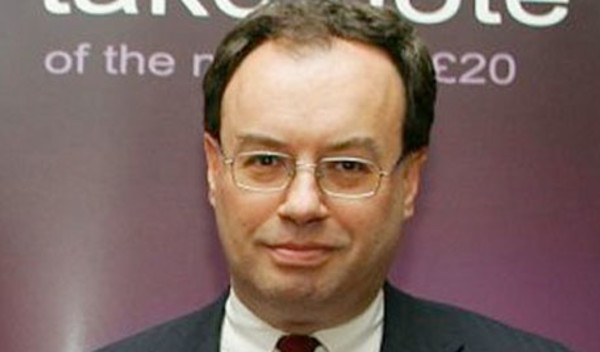"As a result, dollar strength is likely to reverse only when there is some stabilisation in markets, which is dependent on better news regarding viral transmission and infection figures, not just stimulus."
The "wealth effect"
The reason many policymakers link the overall health of the economy to the performance of asset prices is called the “wealth effect”.
It works on the premise that if people see the value of assets they have, whether it be their house, their Isa, or their pension pot, rise in value, they then feel more confident about their economic prospects, and so are more inclined to spend more in the real economy.
That boosts short-term growth in the real economy.
The logical conclusion of a policy of printing vast quantities of extra cash and pumping it into the system at the same time that governments are ramping up spending is that inflation will follow suit.
Mr Onuekwusi says such policies are “inflationary eventually.”
Because the major central banks have been given a target of maintaining inflation at or around 2 per cent, they have traditionally been reluctant to allow it to rise much beyond that for a prolonged period of time.
But while the sharp increase in the level of cash in the economy is inflationary, the significant short-term reduction in economic activity that is happening as people do not or can’not go to shops is massively deflationary.
And even when the shops re-open, it is likely that unemployment in the UK will be much higher than it is now.
High unemployment means people have less cash to spend, and that itself is disinflationary.
So while inflation may come on the supply side, that is, via an increase in the supply of money, the deflation comes from weak demand, which leads to slower growth.
An increase in the supply of money causing inflation, and reduced spending causing deflation, is exactly the opposite of the optimum scenario for governments.
Stagflation
Such an outcome is generally called stagflation. The chancellor’s spending plans aim to minimise the disruption to spending power, both now and in the future.
The aim, or one of them, of the QE measures announced by the Bank of England is to fund that increased government spending.
Yael Selfin, chief economist at KPMG UK, said: “With the latest measures announced by the chancellor, the disruption to economic activity in the first half of the year could see unemployment peak at a relatively low rate of around 5.6 per cent in May."
KPMG predicts this will then ease gradually to around 4.1 per cent by Q1 next year, leaving the labour market relatively tight again.
Protecting jobs and incomes in the short term will provide needed support to besieged households.












